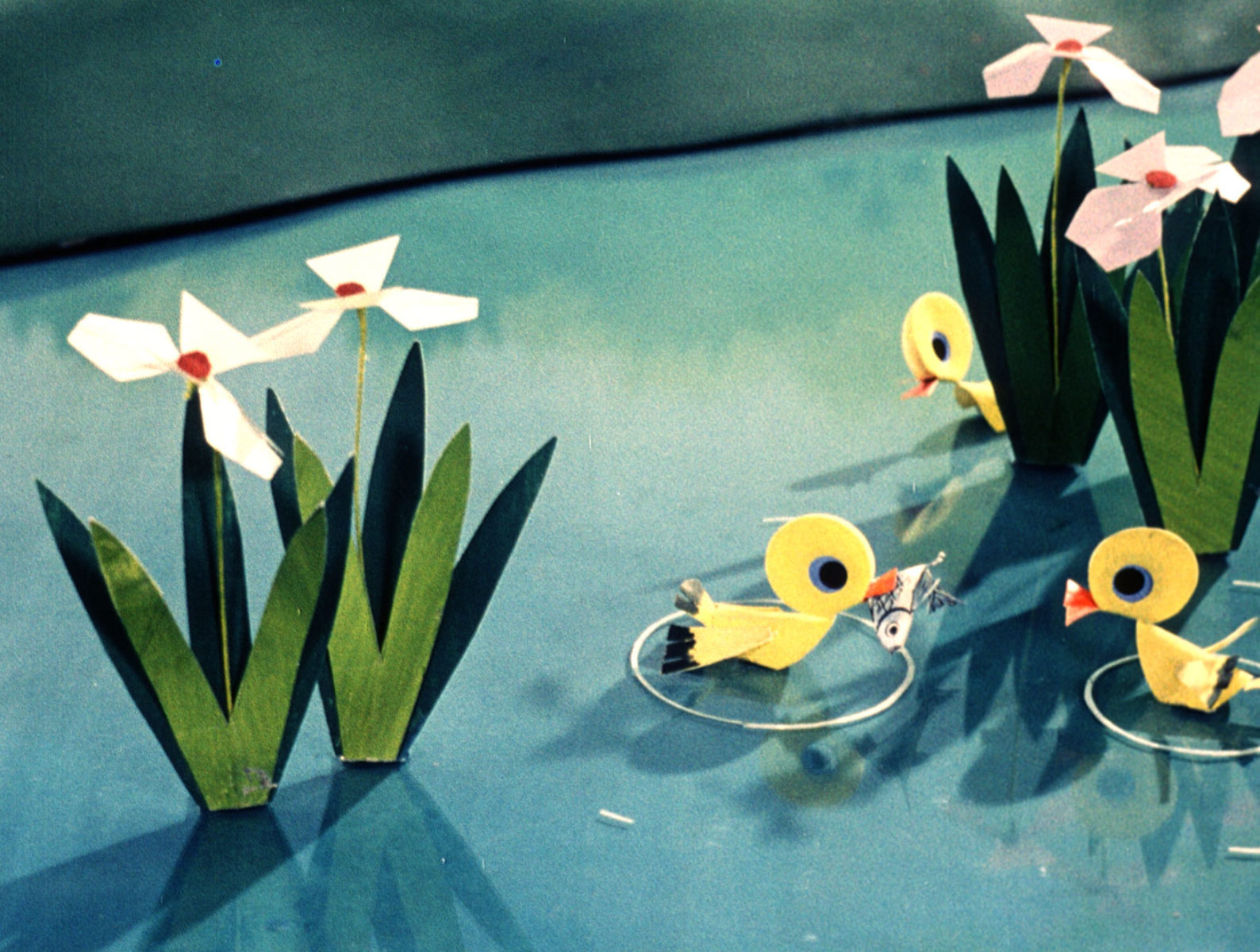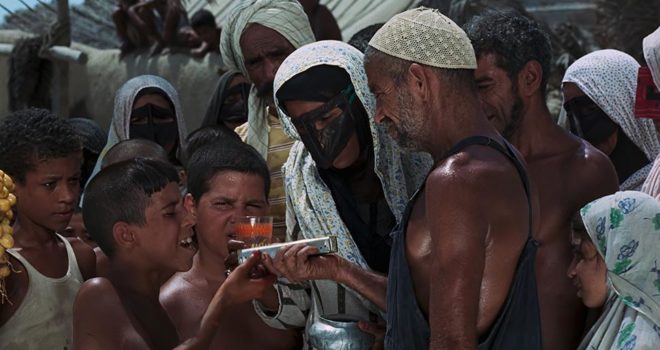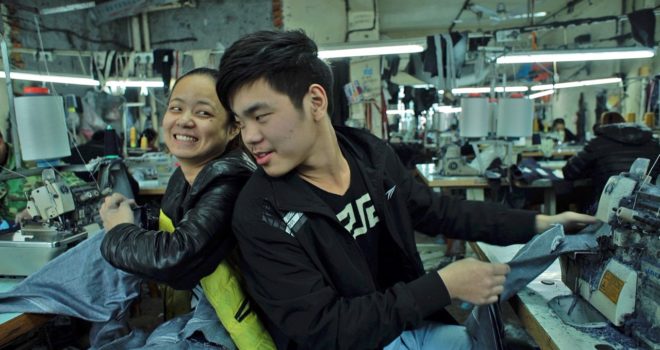While certain sectors of the Chinese film industry suffered when Mao Zedong came to power in 1949, this was not the case for Shanghai’s animation studios, which benefited from particularly strong support from a regime intent on educating the masses through animation. In this way, the Communist government encouraged the growth of doll films, a veritable
national tradition.
These short adventure tales are impressive for the quality of their animation, as well as for the simplicity of the technique used. Characters and sets are drawn on fairly thick paper, with extremely simple shapes and bright colors. Once cut out, the elements are folded and glued, bringing them to life. Each story, driven by a message of solidarity, features young animals living happily in the wild, where they experience freedom, danger and courage.
Le Petit Canard Yaya, 1980, 11 minutes. No dialogue.
Ten eggs hatch unbeknownst to the mother duck. The ten little ducks, including one different from the others, explore the pond. It looks peaceful, but the wicked fox is on the prowl. Together, and with great courage, they fight against danger.
The Clever Little Ducks, 1960, 8 minutes. No dialogue.
Three mischievous little ducks go butterfly hunting. On the way, they wake up the big cat! Cleverly, they manage to frighten the cat away, and set off happily on their way.
Un gros chou, 1961, 17 minutes. French version.
The cat and the rabbit like to play in the vegetable garden, but sometimes they get into mischief! A big cabbage is cursed, but how can we find out who’s really to blame?






